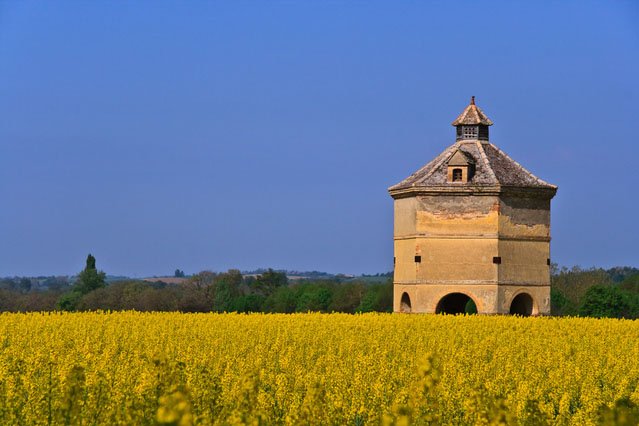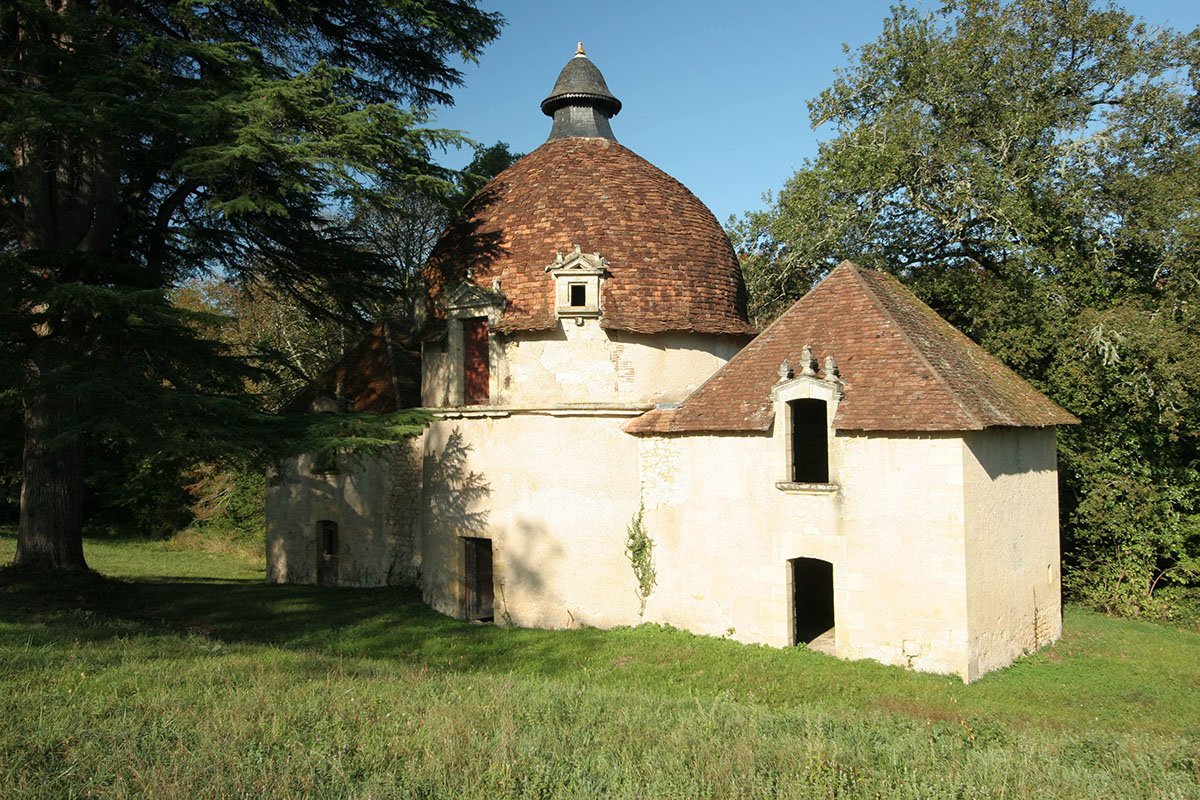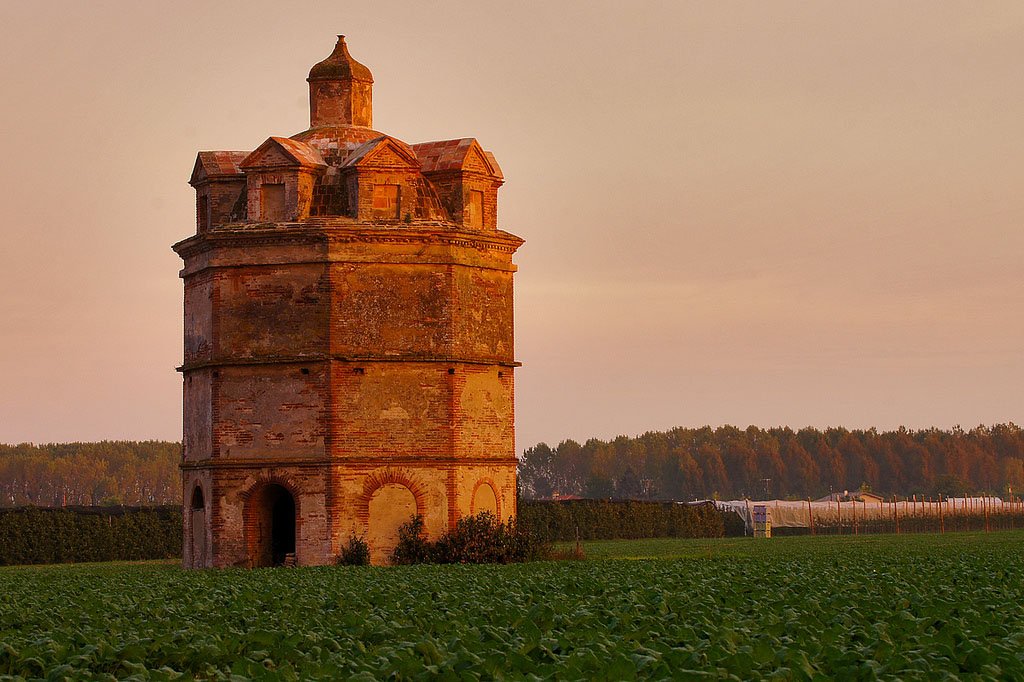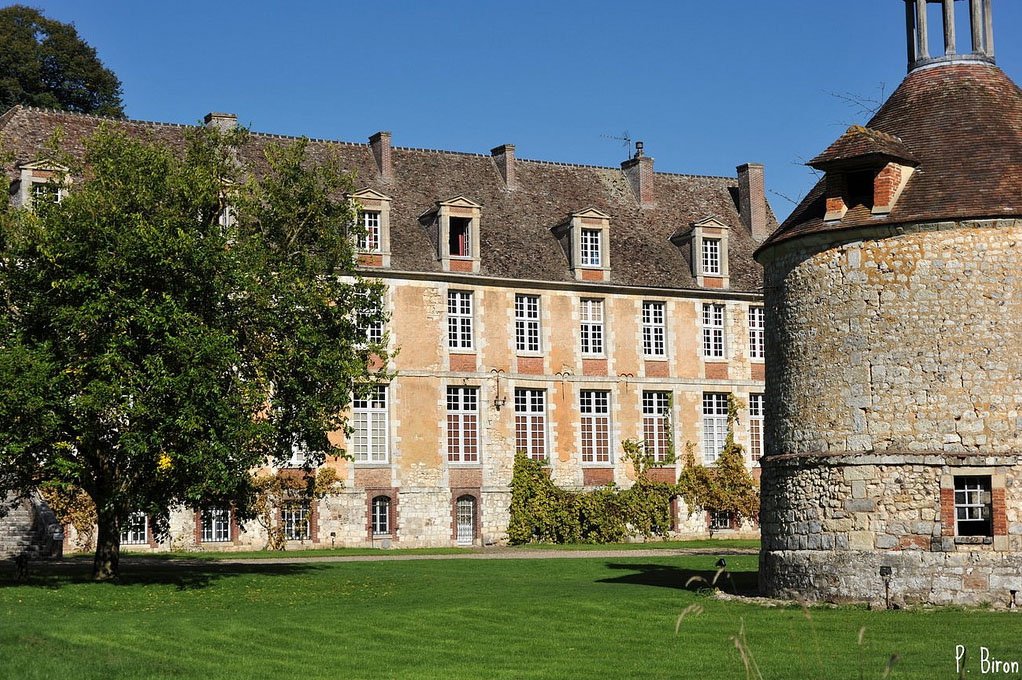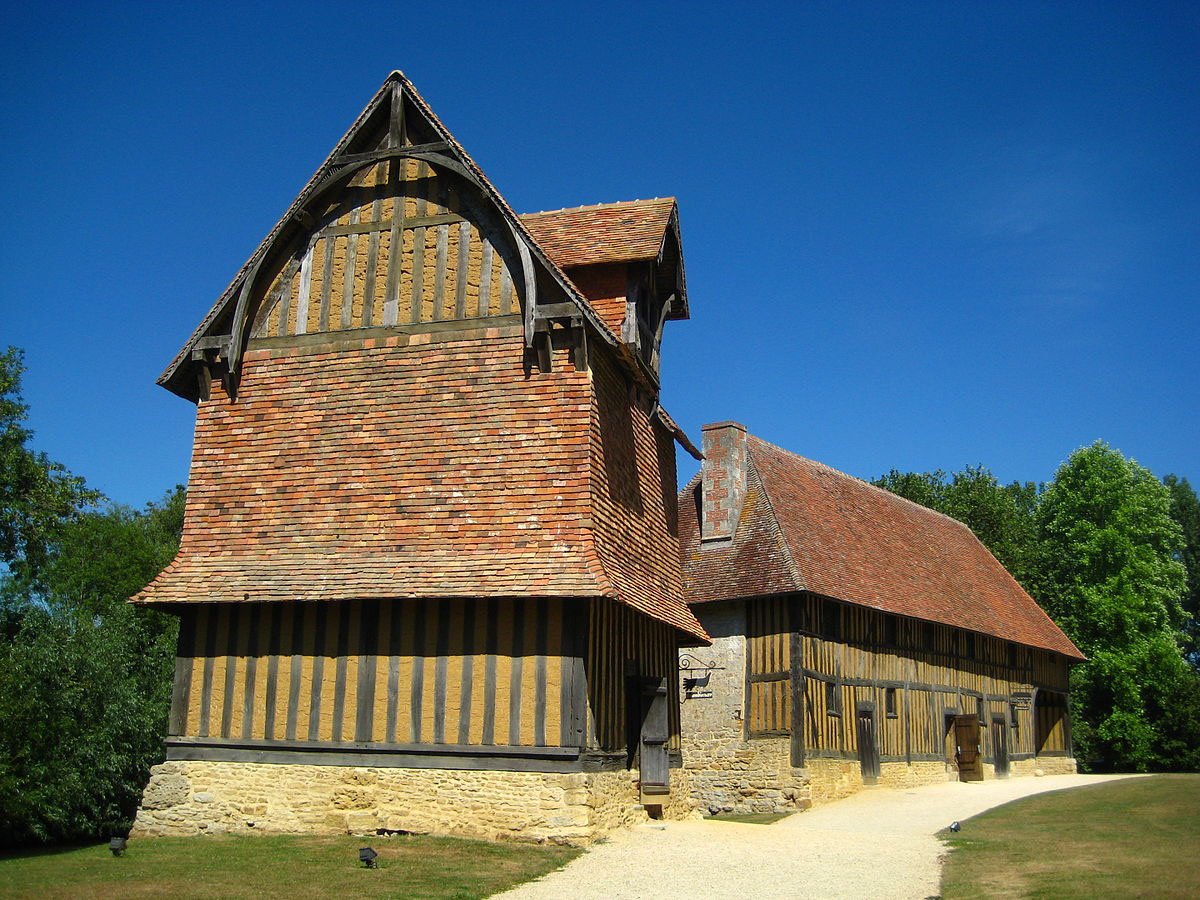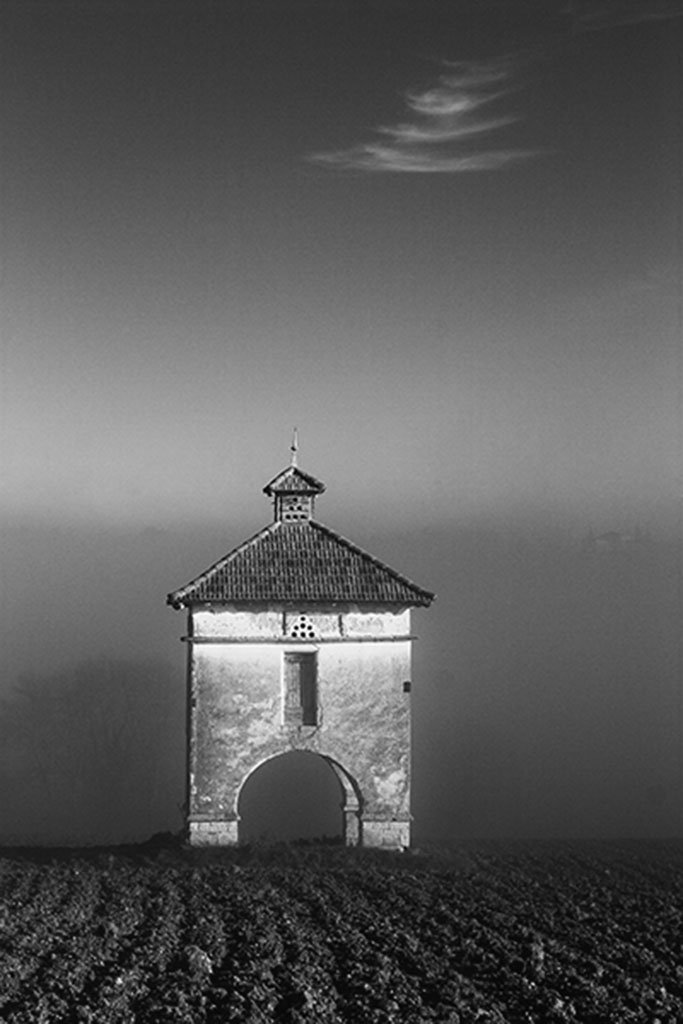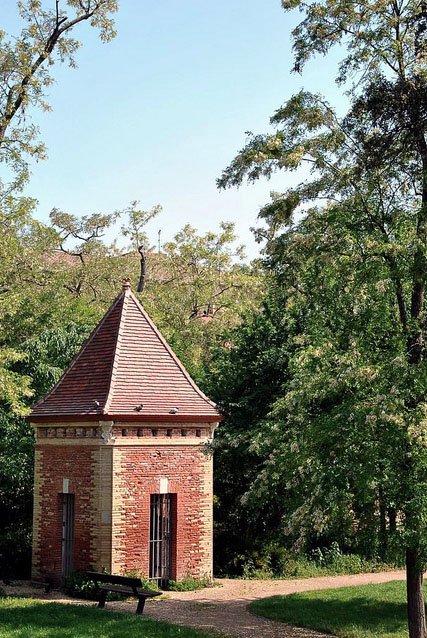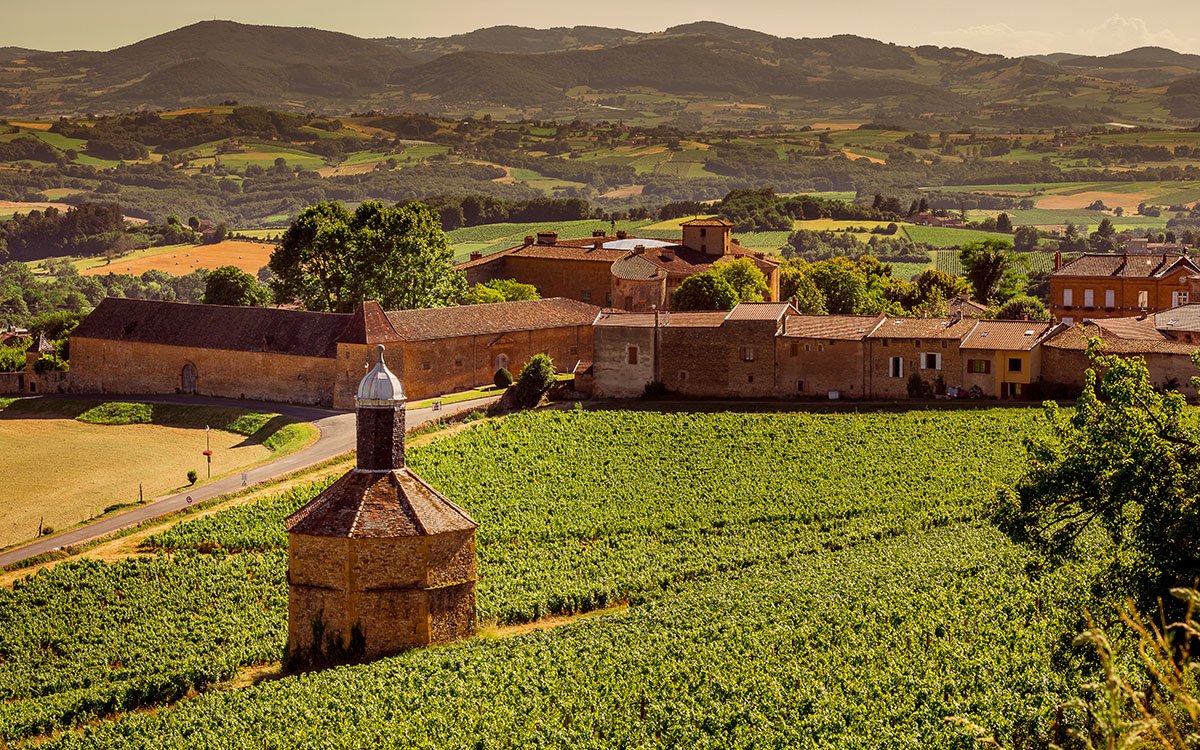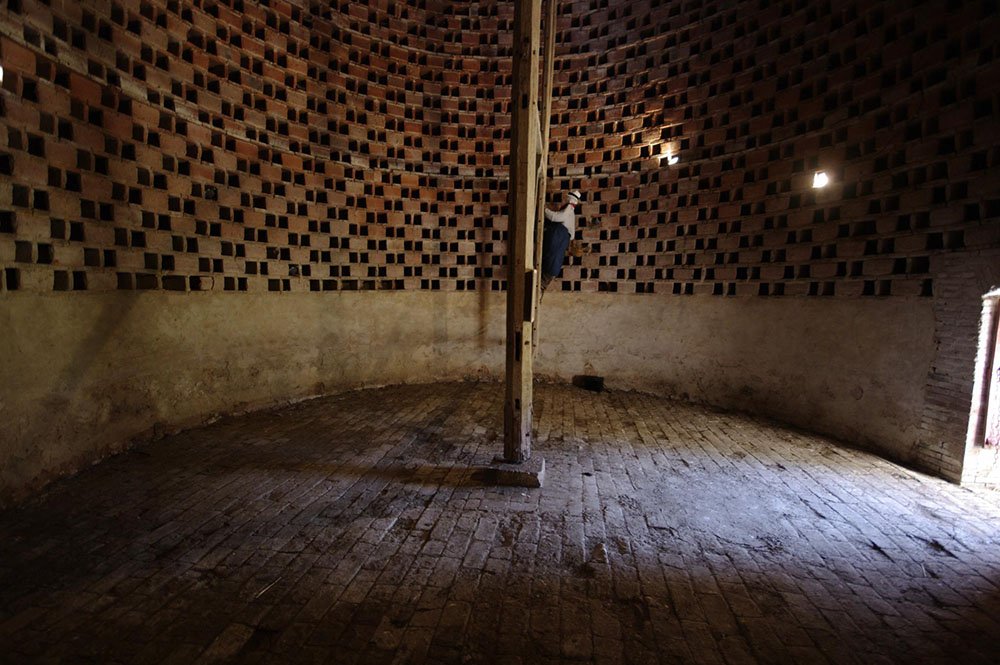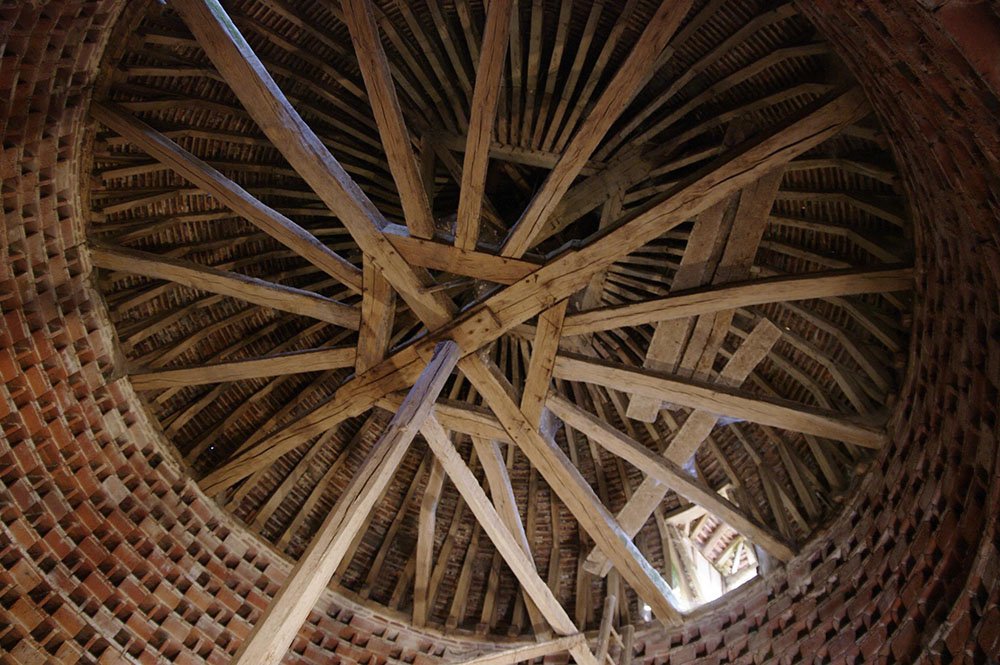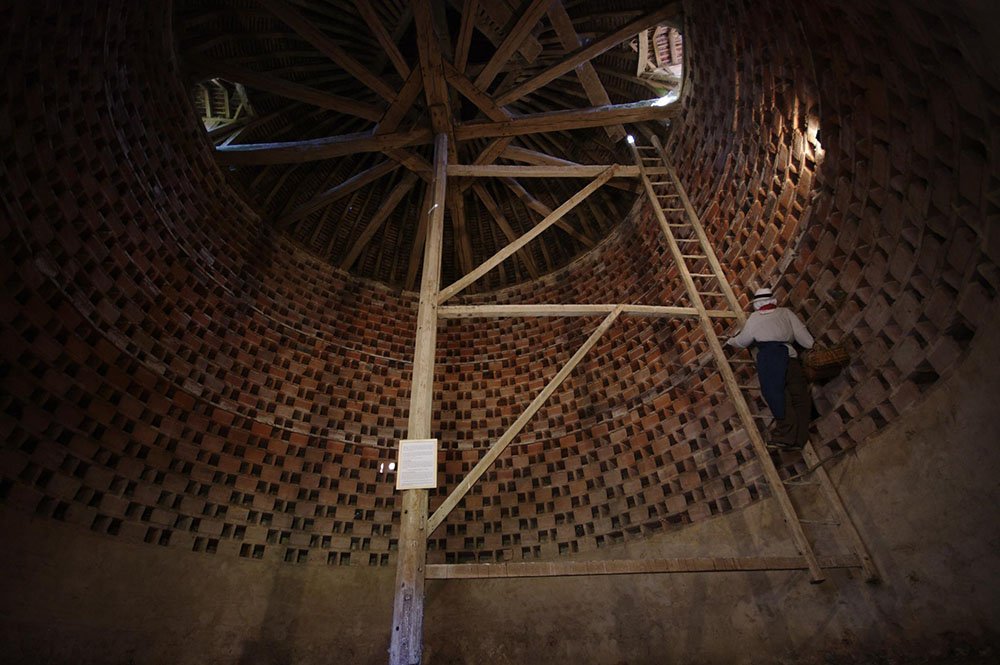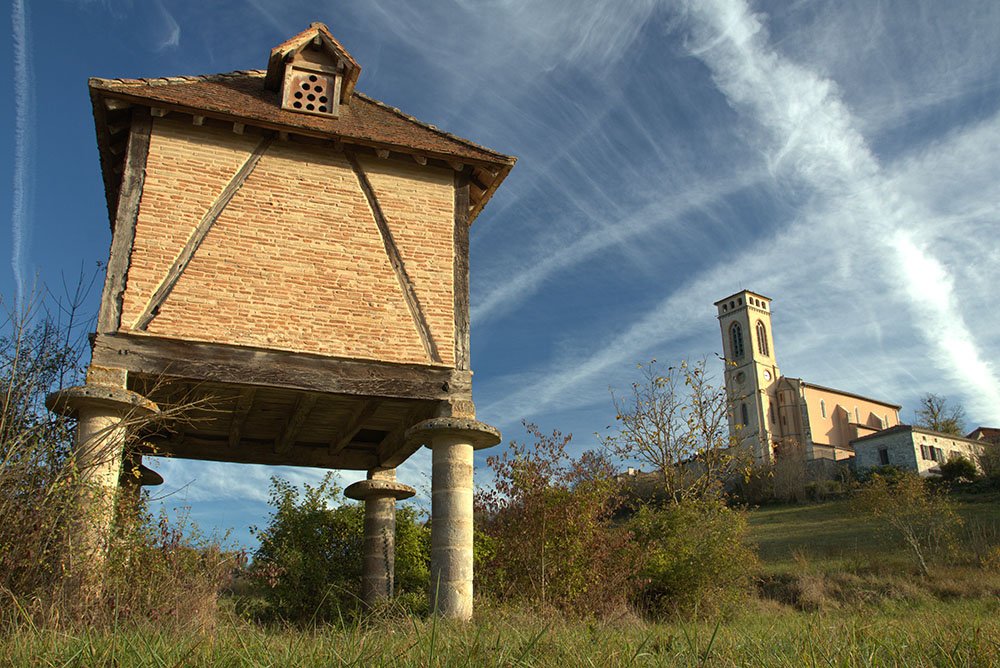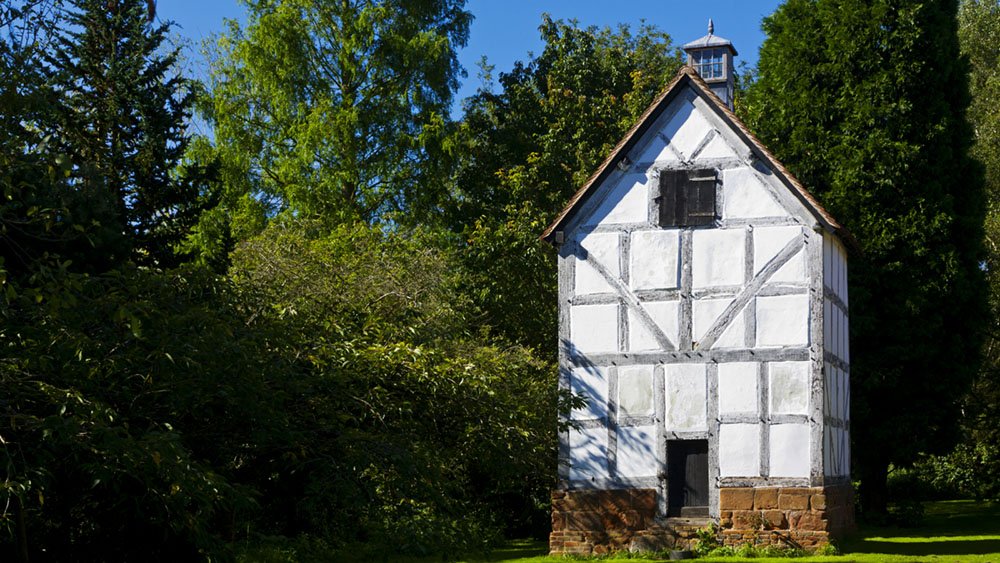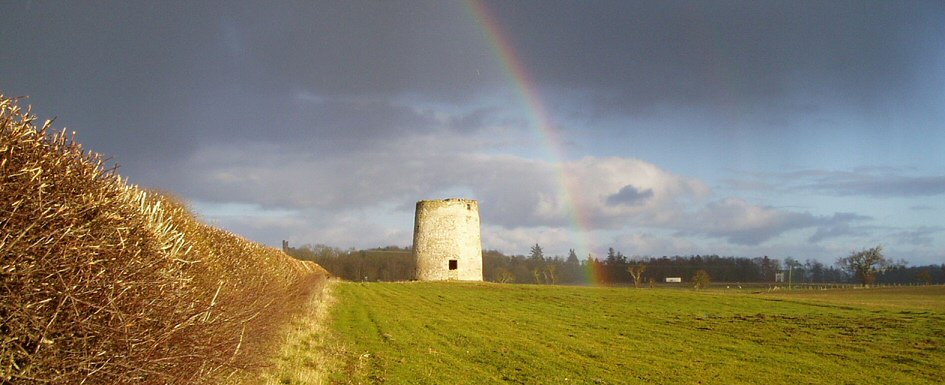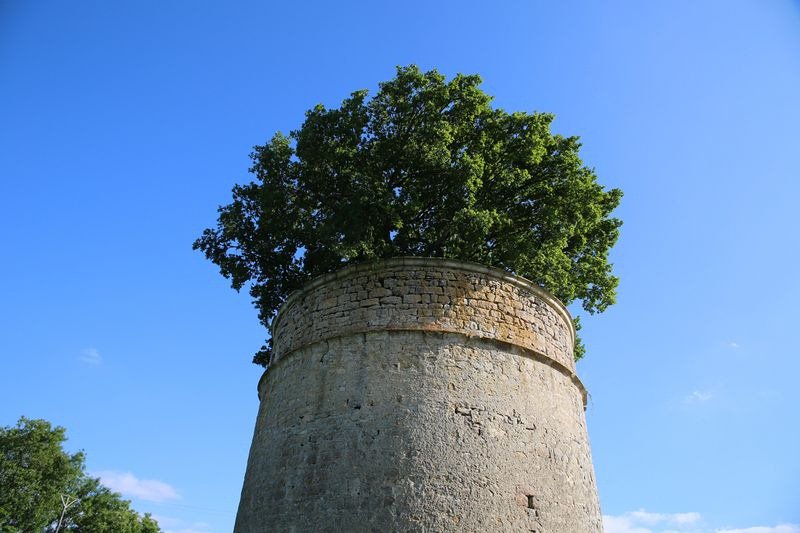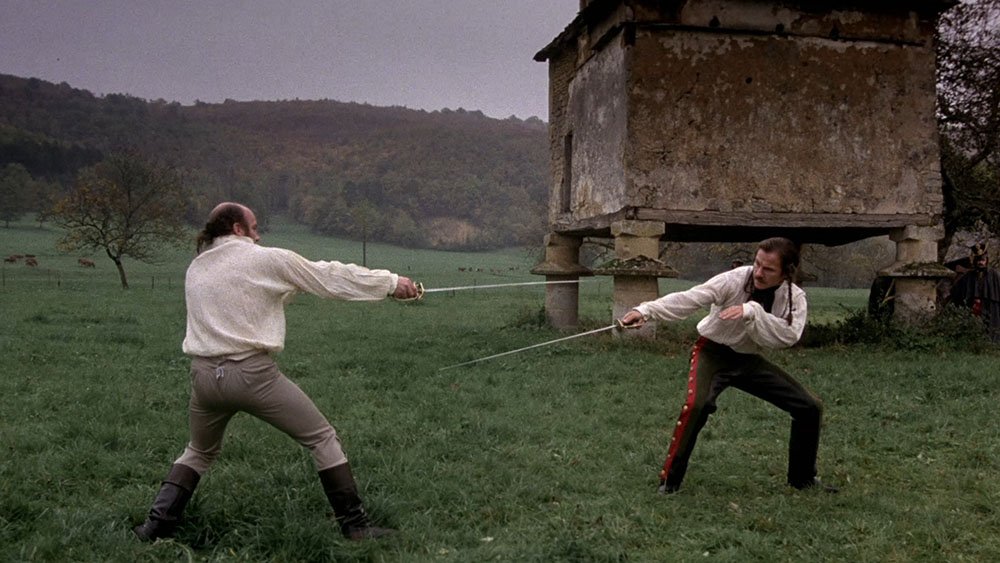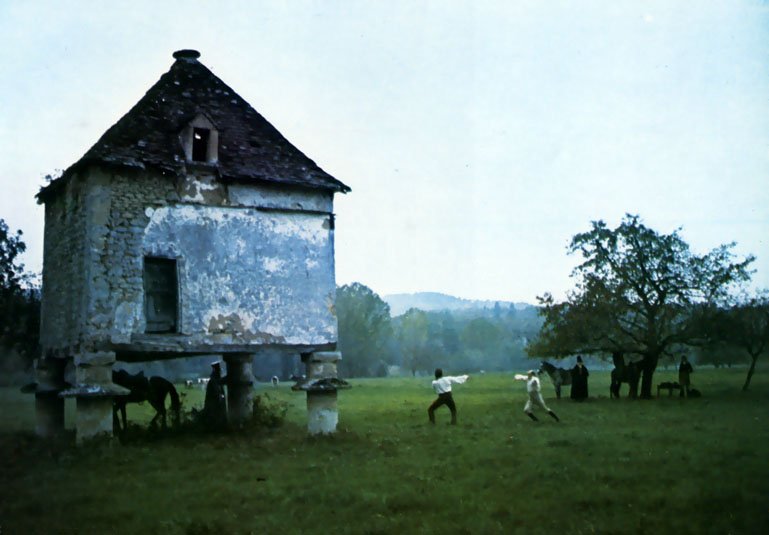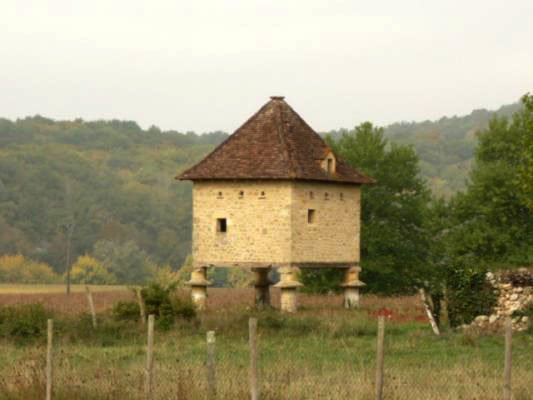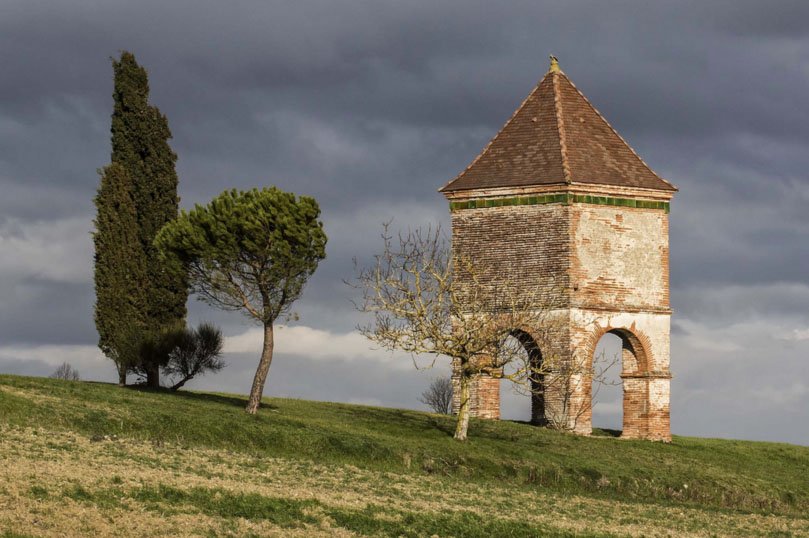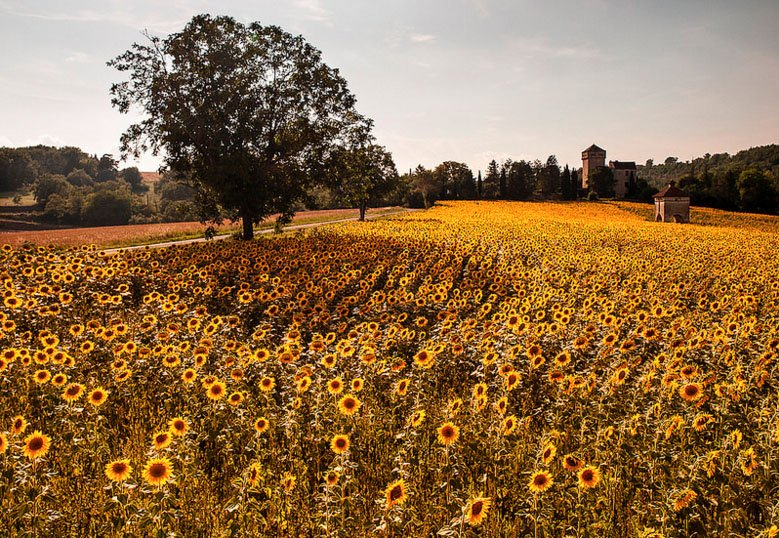Our old towns and cities have been bombed, vilified, slandered and made defenseless, but in terms of outright destruction, you can& #39;t have it worse than agricultural buildings. Let& #39;s have a look at one of the most splendid typologies of European rural architecture: the dovecote.
The dovecote, also knows as taubenschlag, pigeonnaire, palomar, colombier, pigeonnier, culverhouse, doocot, is one of the most instantly recognizable and certainly the most decorated and fussed over piece of agricultural heritage that remains to us. Here& #39;s a round 15th c. one.
They were both status symbols and highly practical agricultural tools: pigeons and horses are after humans the only two species of to be honored with proper architecture of their own: a distinct and complete typology with foundation, walls, and roof.
in early common law (north of France and all of England) the right to keep pigeons was reserved to the nobility: lords, abbots, knights and bishops. To erect and keep a large dovecote was important, under the principle that all rights not exercised will eventually be lost.
In medieval France the size of the dovecote was dependent on the size of your lands, although this rule fell out of use and in the late 18th c. there were thousands of impoverished nobles who "held nothing but a title and dovecote to their name".
During the summer the doves would consume quite a lot of grain from nearby farmers, making the dovecotes very unpopular with the peasantry: one of the first laws enacted in 1789 was to restrict the use of dovecotes, while at the same time allowing anyone to erect them.
By that time pigeons were no longer economically viable to keep: new agricultural techniques made them unnecessary, and many fell into disuse or were torn down. In France many still remain though, perhaps more than 40 000. The revolutionary wars also made grain rise in value.
Pigeons were kept primarily to have a source of fresh, low maintenance, cheap meat. Pigeons breed like rabbits and take care of themselves. The manure, the most potent and abundant natural fertilizer known to man at the time, was a valuable byproduct.
Between the 16th and the 17th centuries pigeon manure was also used for making valuable gunpowder, and the dovecotes became militarily indispensable, further raising their status.
Just like urban architecture, dovecotes could be made out of any material: wood, half-timbered with cob infill, wattle and daub, cut stone, fieldstone, brick etc. For roofs slate, copper, shingles, thatch, or tiles. Combinations were common, and often matched the manor or castle.
Dovecotes were highly visible: the rule was to place them separately and on high points: they should be tall so that the pigeons could find them easily, away from trees to make it difficult for predators, and durable enough to last for generations.
The largest ones could easily hold thousands of pigeons and were often round. To make the collection of birds and eggs easier, a potence was installed: a rotating central pole, to which a ladder could be leaned, giving the caretaker access to every nesting box on every level.
Other shapes included square, octagonal, or rectangular. Some were put on pillars, resembling saddle stones. The saddle would prevent predators from climbing up. This became especially important as brown rats arrived in Europe in the 16th c. who unlike black rats preyed on eggs.
Counter-intuitively, depending the interior, the roof entrance could be made quite large: birds of prey would not be able to fly once inside, and they can not sit on the tiny ledges that pigeons prefer, so they could be easily captured by the caretaker or guard dogs once floored.
The arcaded, or stilted dovecotes were also an ideal spot for rural animals to seek shelter under in bad weather. Sheep in particular often spent the nights underneath the dovecotes. Today many of the footed ones have been converted into summer houses or guest rooms.
Ruined windmills made ideal dovecotes, as this one in England, the recent architectural study shows how it would have looked once converted from the derelict medieval windmill.
Dovecotes even when ruined can be beautiful, as this french pigeonnaire, which has a healthy oak tree growing inside it.
Strangely not much is made of dovecotes in popular culture today. The only instance I can think of is the dovecote (it is still standing, in central France) where the first dueling scene in Ridley Scott& #39;s fantastic The Duellists, 1977, takes place.

 Read on Twitter
Read on Twitter